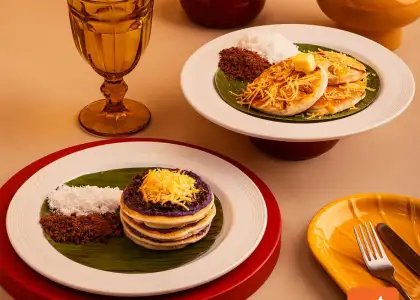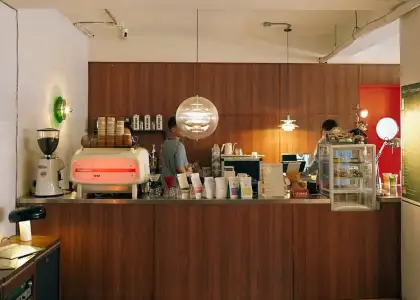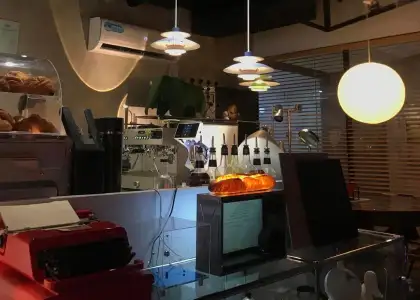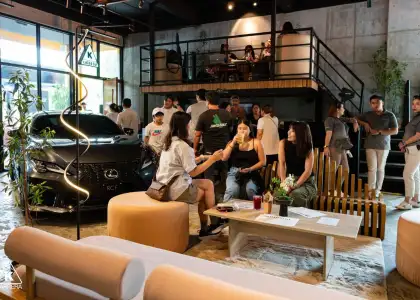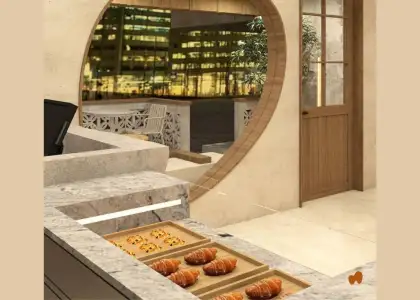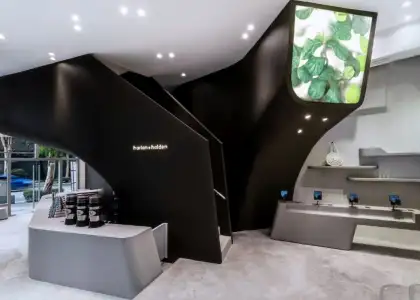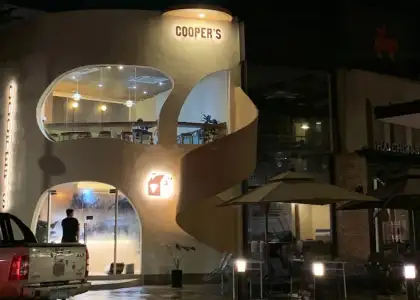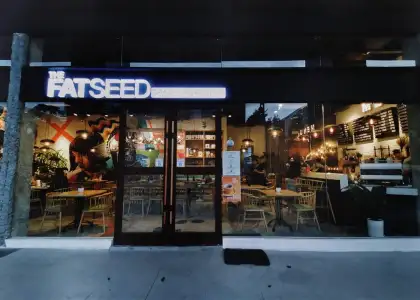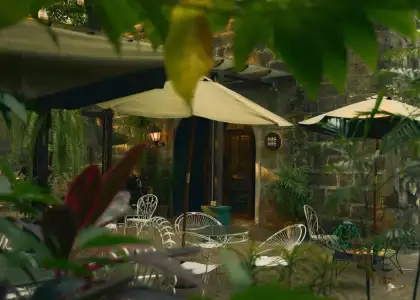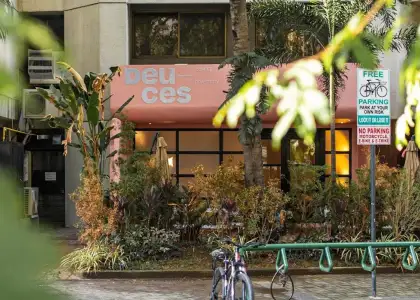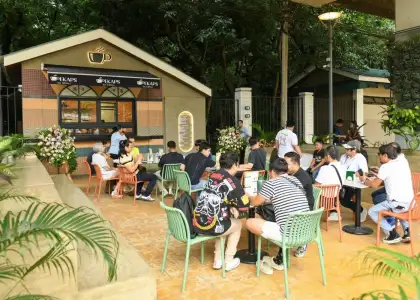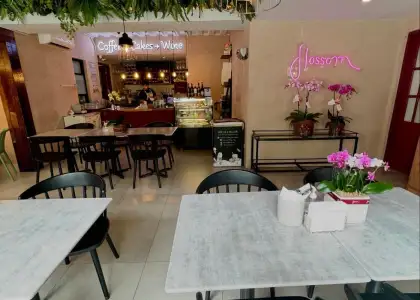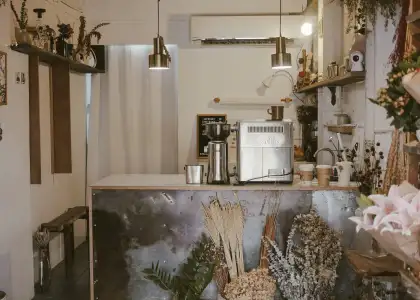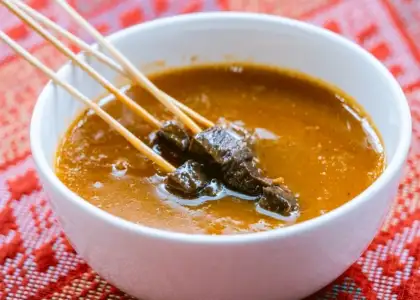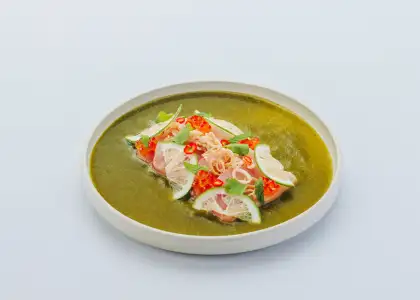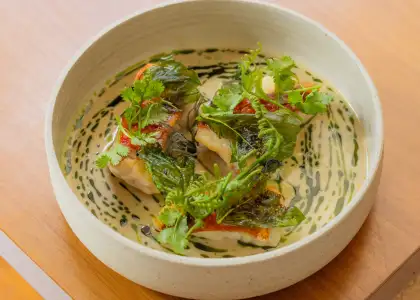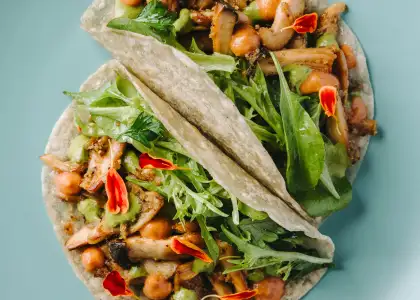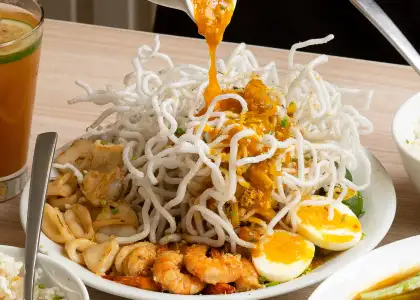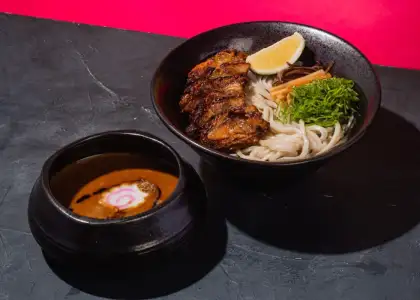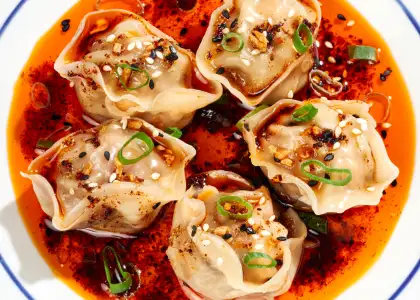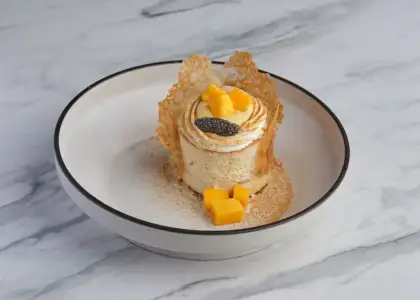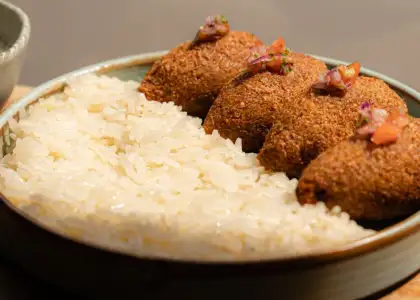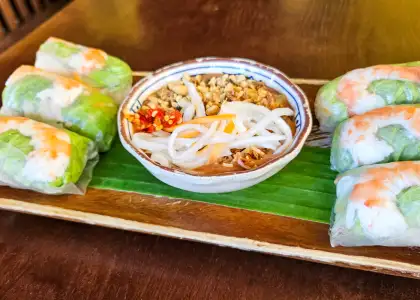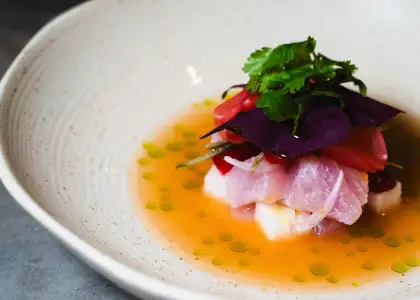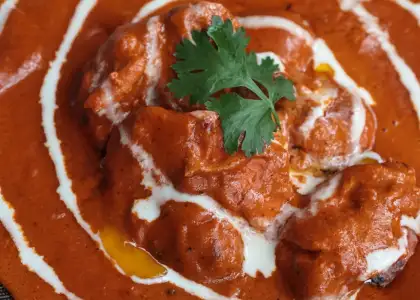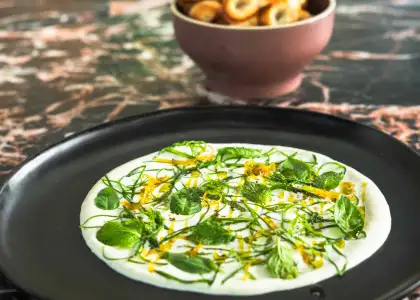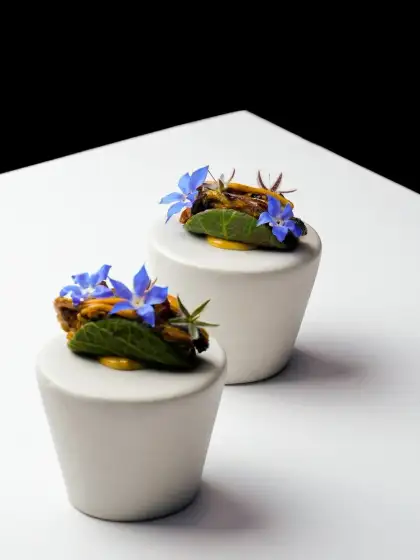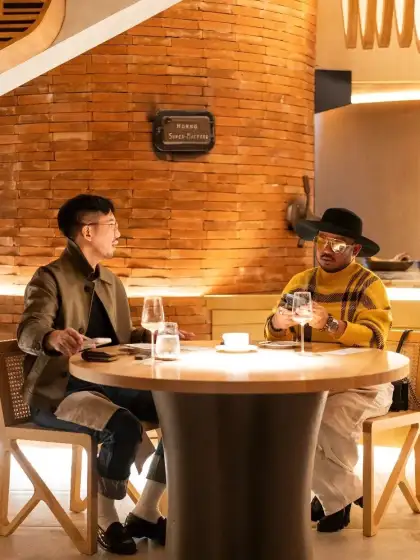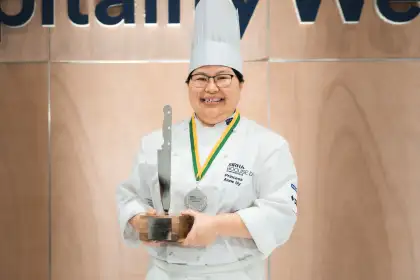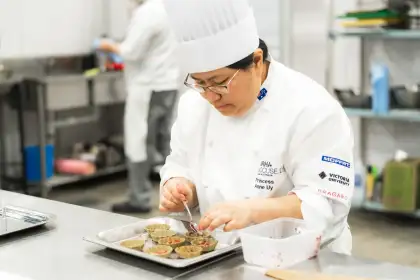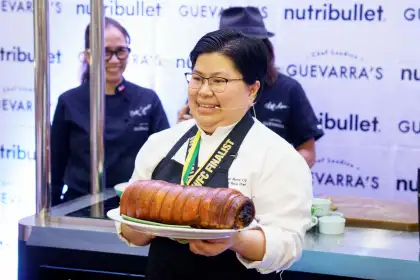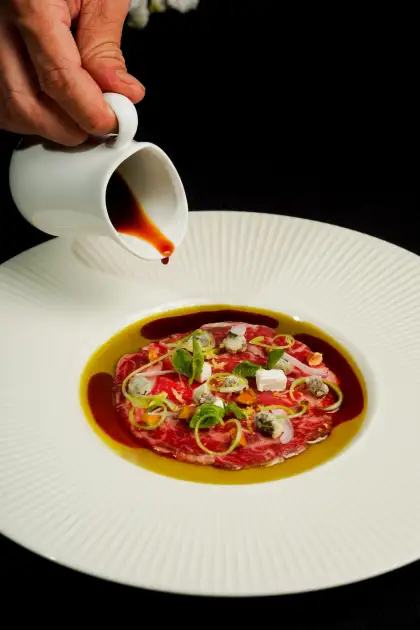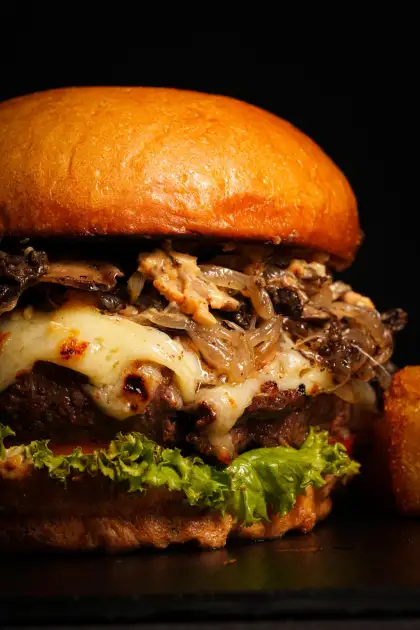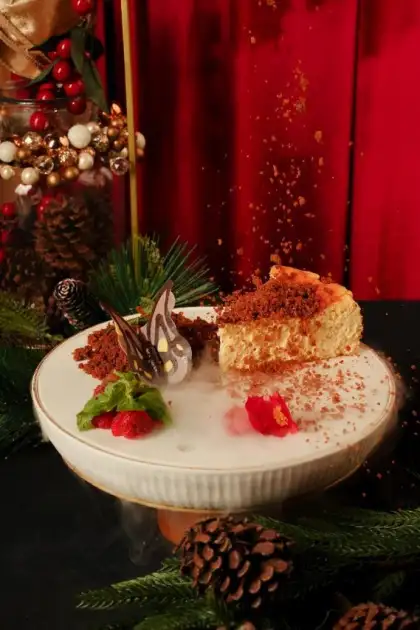Filipino Artist’s Mona Lisa Remake Delights in Netflix’s ‘Is It Cake, Too?’
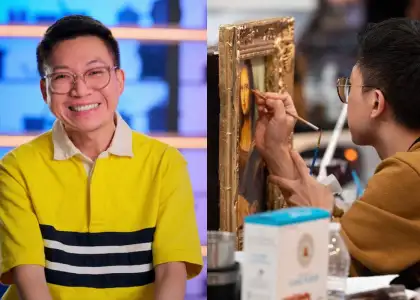
Without a doubt, 2020 witnessed the birth of numerous memes and trends, many of which continue to fill our social media feeds to this day. One such phenomenon is the "Is it cake?" meme inspired by a Tasty video that featured sculpted cakes resembling common objects.
With a staggering 126 million views, the video brought on a wave of imaginative and comical posts from people worldwide, eventually paving the way for the creation of the captivating "Is It Cake?" reality show on Netflix. The show, which features cake artists crafting cakes that you would mistake for bags and shoes, is not only exciting to watch, but the audience can also play along in trying to guess which is cake or not.
The second season of the baking show premiered on Netflix in June, featuring an exciting cast that included Miko Kaw Hok Uy, a talented Filipino artist based in New York. Throughout the show, Miko skillfully infused his cakes with delightful Filipino flavors, leaving the guest judges impressed. Not only did he bring his exceptional baking know-how to the competition, but he also showcased his remarkable painting skills, a true testament to his unwavering passion for art.
In an interview with The Beat Asia, Miko delves into the origins of his artistic journey, his experience on the "Is It Cake, Too?" show, and how he was able to recreate the iconic Mona Lisa within a matter of hours.
From Canvas to Cake
Art has always been Miko's lifelong passion, evident from his early years when he traded toys for pencils and coloring materials. His artistic journey began at the age of four, attending summer art workshops that paved the way for his pursuit of a Fine Arts course at the esteemed University of the Philippines-Diliman, where he graduated Magna Cum Laude.
“After graduation, I worked as a teacher at the Miriam College High School Department for three years before going to China where I taught in an international school for two years,” he recalled.
It was in China where his passion for baking and cake decorating ignited, compelling him to come back home to study baking and pastry arts. Miko says the rest is history, but he worked hard to pursue his chosen path.
“I wanted to merge my passion in art with my love for baking and cake decorating. I wanted to make edible sculptures, painted cakes, and sugar flowers. If you notice, the trend nowadays is there are artists who venture into cake businesses because cake decorating is also a form of art,” he explained.
As a pivotal milestone in his path, Miko seized the opportunity to intern at Ron Ben-Israel Cakes in New York, working under the guidance of Israeli-American pastry chef Ron Ben-Israel. This invaluable experience honed Miko's cake design skills, enabling him to strike a harmonious balance between his passions.
Is It Cake, Too?
So, how did Miko find himself as a contestant on "Is It Cake Too?" It all started when a casting producer reached out to him, inquiring if he would be interested in joining a cake show. Initially hesitant due to it being his first solo competition, Miko eventually said yes, realizing that such a once-in-a-lifetime opportunity shouldn't be missed. Reflecting on the audition process, he confessed that he never expected to be chosen, considering the thousands who had tried out.
In the end, Miko emerged as one of the 10 talented bakers selected for the second season's cast. Throughout the competition, the cake artist crafted remarkable cakes infused with distinct Filipino flavors.
“It was really my plan to use Filipino flavors for my cakes. I wanted my flavors to be unique while also representing my culture on the international stage,” mused the artist. Miko believes that it’s time for Filipino flavors to gain recognition worldwide, as they possess a unique quality that can leave a lasting impact on the global culinary and baking scene.
In the show, Miko presented an Ube Cake with Coconut Filling and Coconut Buttercream as well as a Calamansi Cake with Coconut Filling and Calamansi Buttercream. Through these creations, he aimed to transport the judges to a tropical paradise with each bite. However, it was his Lemon Basil Cake with Mango Buttercream, White Chocolate, and Rice Cereal Filling enclosed in a mesmerizing "Salt Lamp" design that truly left a lasting impression, captivating even the guest judges, the D'Amelio family.
“It feels good to know that they appreciated the flavors of my cakes. I was unsure, to be honest, how the judges were going to react to the flavors…seeing them appreciate and loving the flavors is a validation of how good the flavors of our country are,” Miko explained.
Recreating the Mona Lisa
Miko’s undeniable talent propelled him to the show’s finale where he vied for the US$75,000 grand prize. After creating a basket of mangoes, a VCR player, a salt lamp, and a helmet with nachos, he decided to push the envelope by recreating the iconic Mona Lisa by Leonardo da Vinci.
Labeling this undertaking as monumental would be an understatement, particularly considering the worldwide recognition of the original painting. For Miko, the key was thinking outside the box, as he recognized that no one had ever attempted a painted cake of this magnitude, even in the previous season.
“Painting is one of my strengths and I wanted to highlight that skill because I’ve already shown I was capable of doing sculpted cakes in the previous challenges,” he shared. What better way to do just that than by working on one of the most famous paintings in the world? “Just one mistake and people will notice it. I wanted to challenge myself and leave an impression to the viewers,” Miko added.
And he did leave an impression. The finale judges couldn’t spot his cake beside actual paintings, giving him a chance to win the competition. In creating the Mona Lisa cake, Miko worked with tempered chocolate, fondant, and edible paints.
With the help of former contestant Danya, Miko worked on the masterpiece for 10 hours, with five hours spent painting the cake. The cake's frame, meticulously crafted from tempered chocolate and adorned with edible gold paint blended with vodka, stood as a testament to Miko's artistic intricacy—so convincing that it could easily deceive the casual observer.
Miko's "Is It Cake, Too?" journey culminated with him securing the honorable position of second runner-up. This achievement marked a remarkable milestone for the Filipino artist, who garnered widespread support from his fellow Filipinos and viewers worldwide throughout his impressive journey.
On to the Next Bake
Miko currently serves as the head cake decorator at Huascar & Co. Bakeshop located in New York. His latest culinary creations are proudly showcased on the shop's Instagram page, featuring standout items like his Ube Cupcakes and specially commissioned cakes.
After conquering the “Is It Cake” stage, the artist hopes to open his own shop someday, vowing to work harder to make this dream a reality. “I also want to be an instructor for cake painting and decorating because I love to teach. I want to impart what I know to cake artists who want to learn and sharpen their skills,” he added.
With his perseverance and the support of his parents and friends, it’s safe to say that Miko can make these all happen in the future. “My parents have always been very supportive of me and my decisions. They were surprised when I told them I’m going to take up Fine Arts in college, but they still supported me all the way. I couldn’t ask for better parents as I already have the best,” Miko proudly mused.
For fellow artists who aspire to tread a similar path, Miko says that following your heart is key and that taking risks is a must. One shouldn’t fear failures, too. For Miko, it’s how you bounce back that matters. “Take each failure as a lesson and never let it discourage you. Don’t be disheartened. You’ll come out stronger and a better version of yourself,” he said.
Indeed, this philosophy echoes the essence of baking—when a recipe doesn't yield the desired outcome, there's always room for another attempt. Through persistence and dedication, the ultimate result is bound to be as sweet and satisfying as any well-baked confection.
Follow Miko and see his creations on Instagram. He will be in Manila this November in time for Cake Fiesta, the first and biggest international cake and bake expo in the Philippines, as a guest. For more information, follow the event on Instagram.
Get the latest curated content with The Beat Asia's newsletters. Sign up now for a weekly dose of the best stories, events, and deals delivered straight to your inbox. Don't miss out! Click here to subscribe.




